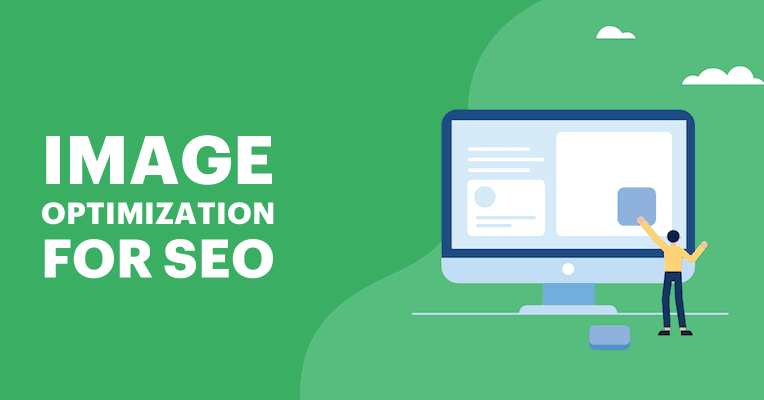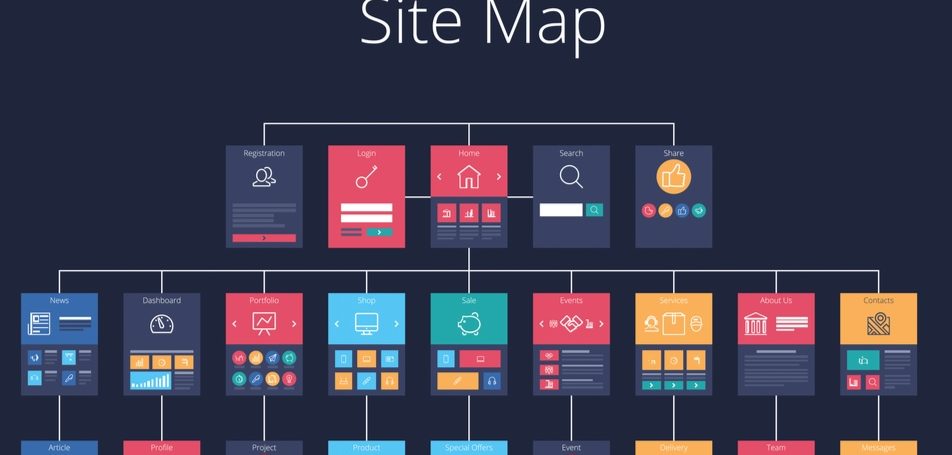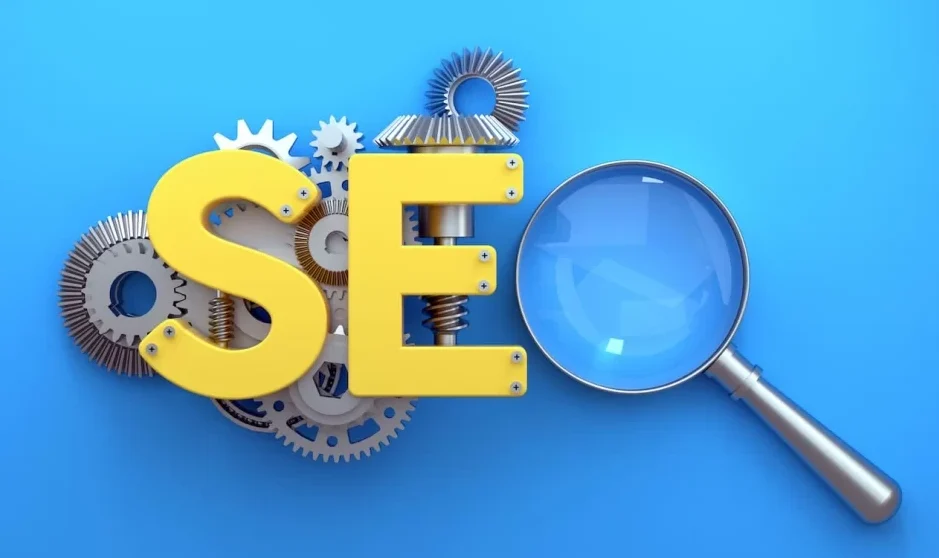We tend to be focused on the importance of content when discussing SEO strategy. However, we often forget about other types of content that can generate significant traffic. Because infographics and images are powerful visual tools, they are especially important in web design.
Google’s universal search often includes images taken from the search result page (SERP). In many cases, they appear at top of the search results list with the first search results. It is not an insignificant problem as it can help to ensure that our website gets found and is visited.
Images are so important
You may not have realized it, but images can drive a lot traffic to your website or online store. You can optimize the photos you add to your page so they appear high up in search results for image-based searches, such as Google Images. This will increase the number of visitors to the article where you have placed these images.
Does that sound good? You just have to know how to optimize images for search engines to increase web traffic. These tricks will make it much easier than you might think.
What happens if images used on my website aren’t mine but come from another source? What happens if you have duplicate images?
We must first be truthful and ensure that images are allowed to be used on our website.
The duplicated images are not a problem within the positioning, unlike web results. Google image search will usually show a different version of an image than others. However, it doesn’t always give priority to the original. It is possible for an image with a better optimization, which is not necessarily the original, to get a better ranking.
Why is image optimization important?
A page’s web positioning is more than just the content published. It also considers the images. Images are one of the best ways to optimize a website’s content.
Images are a common feature of most pages, whether they be photos, logos, or illustrations. Simple retouching can be used to improve a page’s rank and increase its traffic.
SEO image optimization’s most important aspect is that search engines can identify text on pages without difficulty, but not images. Search engines can recognize an image in principle. They even have the ability of recognizing images in terms pixel. However, they are unable to evaluate content solely on the image.

While Google makes every effort to make the most of images on the internet, it’s still an issue that requires our assistance. The ALT attribute is crucial for SEO image optimization and web positioning. It displays alternative text if the image is not displayed due to an error in your browser, slow connection, or screen reader. This attribute is useful not only for site visitors, but also search engines.
How to optimize images for SEO
A picture is worth a thousand pictures and photos are crucial for positioning the site.
The images are the product displayed in a store. If the customer is allowed to enter the store, we can then describe and explain the best features of our product. What you need to consider when optimizing images for SEO:
Image file weight
Before uploading images to your server, optimize their weight. This will reduce the page’s loading time. The image’s size (try to not exceed 1280 pixels) as well as its quality will determine the weight. The image should be compressed as little as possible without losing quality. You need to find the right balance between quality and weight. This can be done with online tools such as Web Resizer or programs like RIOT.

Which format is best to optimize an image for optimization?
PNG and JPG are the most popular image formats.
PNG (Portable network graphics) This format preserves a wide range of colors (bitmap), so it maintains an excellent quality. This format is ideal for vector images such as logos, icons, infographics and others.
SVG is another recommended format, especially when it comes to vector files like logos and icons. They preserve image quality and can be scaled for all resolutions.
JPEG (Joint Photographic Expert Group), is the name given to a group of experts that created a compression/coding standard for still images and files. It is not only a compression method but it is also the most popular image format according to Wikipedia.
This format is ideal for photos.
The file’s name
A name that is appropriate for the file will give clues about its contents. Make sure that the name includes the keyword you wish to place and a description of the image. Use lowercase letters and hyphens to keep it short.
Don’t forget about names such as “DSC_0008.jpg”, imagen0037.png”, Sintitulo.gif, or similar. Instead, focus on “optimizari SEO.jpg”. The HTML code for your image will look something like this:
Original images
If possible, use original images whenever you can. Google prefers original content. It is much easier for images to rank higher in search results if they are unique than if they are copies of hundreds of thousands of other images. This will increase its popularity and relevancy if you pay more attention to quality.
Alternative text (ALT), is fundamental
Every image should have the correct alt text. It is useful not only for search engines but also for people with vision impairments. The text will also appear on the screen in the event that the image is not displayed due to a slow connection or an error using a screen reader. A keyword must be included that corresponds to the image.
A photo of a dog playing is instantly recognized by search engines. Search engines, however, do not have the human ability to recognise and comprehend the contents of photos. You must therefore be the one helping search engines understand your images by using “Alt Text”.
Search engines use the text “Alt Text” to understand images. They also use them to display words instead of images when they can’t be loaded.
What should you write here? It’s very simple. Simply give a brief description of the image and keywords you are interested. In the example of the dog photo I mentioned earlier, another example of text would be “running dog” if your goal is to place more emphasis on the page. Or “German shepherd” if it’s more specific.
How to optimize the ALT attribute
To optimize image alt text, there are 2 simple rules.
First, the keyword for the article that we wish to position must be in the main or prominent WordPress picture.
To reduce bounce rates, description is key
The theory is that there is no direct relationship between the description of the position and the search engine results.
We must remember that writing pages is one thing, but we also need to consider our customers. It’s now time to think about your customer.
What can a description of an image have to do with your placement? Rate of bounce!
Let’s imagine a person searching for a term. When they arrive at our page, we normally scan the entire page to determine if it is interesting.
Image captions are here to help. The caption of an image, along with the title, is the most prominent label and therefore is easier to read. This is your chance tell visitors that you have the information they need.
High quality, consistent images
It is important to establish a relationship between images accompanying a text and its content. If there isn’t coherence between images that are found and the concept the user is searching for, the content won’t be relevant.
However, it is important to choose high-quality images and original content as much as possible. It is possible to modify images in order to make them more corporate.
SEO is all about open graph
An HTML code tag called open graphic that appears when you share content on social media, shows an image. This is how it looks in html . By having the Open graph tags configured, make sure that every time you submit your article, the associated image will appear.
Metadata Exif (Exchangeable file format for image metadata)
It refers to information obtained from images or photographs taken with a camera. The metadata can include the camera type, geographical coordinates, author’s names, image title, description, and author’s name.
Google may use this ranking factor, but it is not clear.
While search engines don’t currently consider Exif content a weighting factor for their results, it is possible to influence the relevancy factor by having the data appear on image pages (for instance, Flikr).
You can edit the data or add information to an image by using the properties button in Windows. If you want to really experiment, it is better to use an advanced tool. PhotoME is an option that’s free.
Exif requires that compression tools be used to preserve Exif information. This information can be found on the developer’s site or in the FAQ section and Changelog section, if available, of the WordPress plugin directory.
Sitemap for images
Sitemap files are used to provide information to the search engine about pages that are important for indexing and crawling. Sitemaps can be created for both images and videos. They have the same purpose.

It can be generated automatically for WordPress by the Yoast plugin
These are the most requested tags to include in an image sitemap.
The geographic location of the image.
Image title
image =””>: The URL where the image license is located.
Are they in a good place?
Although it may seem absurd, the location of the image within the text’s text is crucial. Images should always be accompanied by the text. You should not place an image at the end or in the middle of an article. As I mentioned, images should be descriptive and should aid in understanding the content.
It is easy to see where images should be placed in pages and posts by looking at the text that has been integrated. This technique can also be used to place images right below the titles of sections. It will make your article more visually appealing. What are you waiting to do? __S.253__
Linkbuilding using images
Your website’s image will have more popularity and relevance than your website, which will help you position yourself better. You should aim to obtain quality links in your link building strategy. Use image platforms such as Pinterest and Flickr to gain inbound links to you website via photos.
